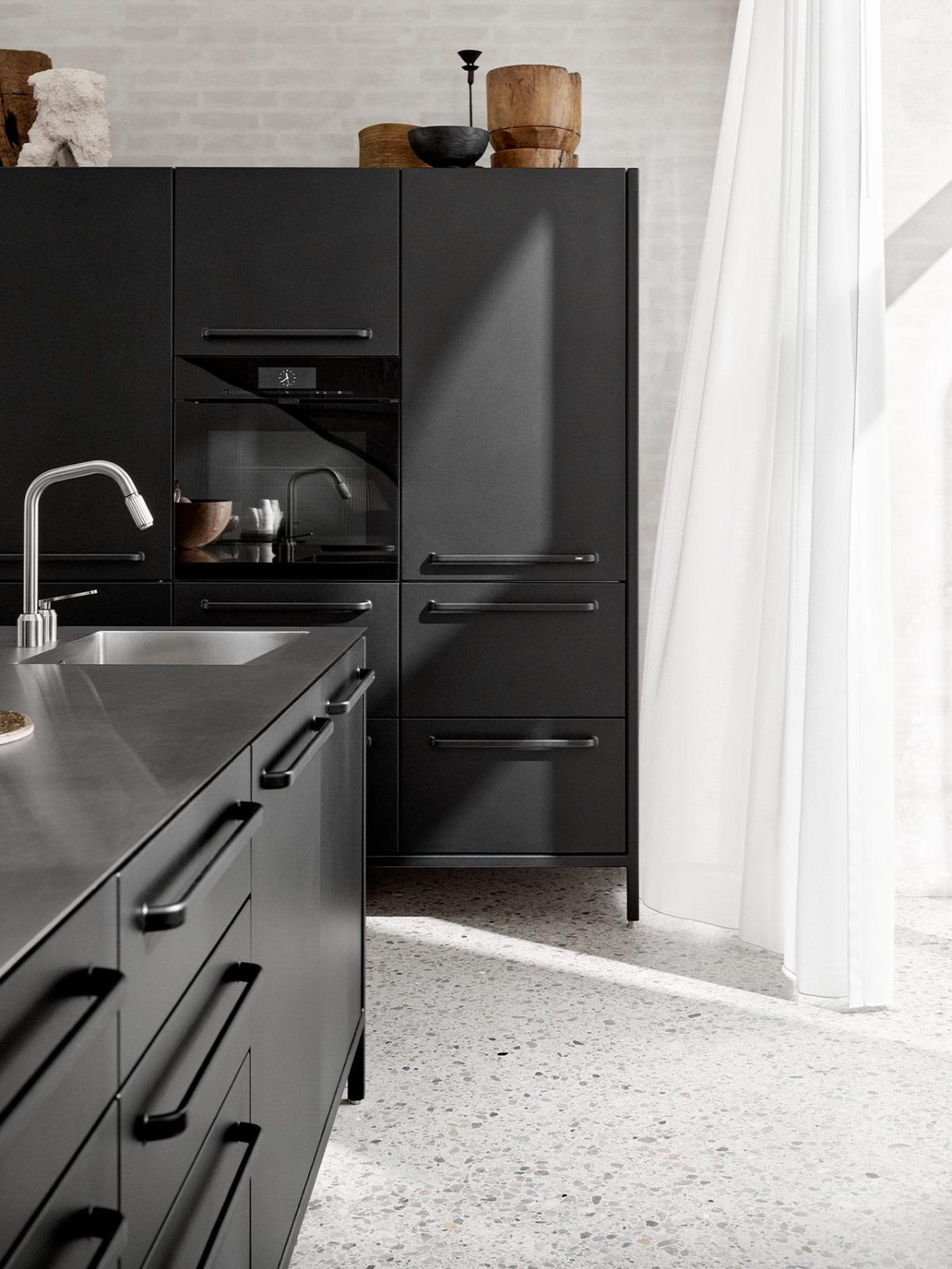Introduction:
The kitchen faucet is not only a functional element but also a focal point in the heart of your home. Upgrading your kitchen faucet can breathe new life into the space, enhancing both its aesthetic appeal and functionality. In this guide, we’ll walk you through the simple steps for removing an old kitchen faucet, allowing you to embark on a hassle-free journey towards revitalizing your kitchen.

Understanding the Importance of Upgrading:
Before diving into the removal process, it’s essential to understand why upgrading your kitchen faucet is worth the effort. Over time, faucets can become outdated, corroded, or prone to leaks, diminishing both their performance and appearance. By replacing an old faucet with a new, modern fixture, you can improve water efficiency, enhance the overall look of your kitchen, and enjoy the convenience of advanced features such as pull-out sprayers or touchless technology.
Gathering Necessary Tools and Materials:
To successfully remove a kitchen faucet, it’s essential to gather the necessary tools and materials beforehand. Common tools required for this task include an adjustable wrench, basin wrench, screwdriver (both flathead and Phillips), plumber’s putty or silicone sealant, and a bucket or container for catching water. Additionally, you’ll need a new faucet to install once the old one has been removed, so be sure to select a replacement that fits your aesthetic preferences and functional needs.
Shutting Off the Water Supply:
Before beginning any work on your kitchen faucet, it’s crucial to shut off the water supply to prevent leaks and flooding. Locate the shut-off valves beneath the sink and turn them clockwise to close them fully. Once the water supply has been turned off, open the faucet to release any remaining water pressure and drain the lines completely. Use a bucket or container to catch any residual water that may flow out during this process.
Disconnecting Water Supply Lines:
With the water supply shut off, the next step is to disconnect the water supply lines from the faucet. Use an adjustable wrench to loosen the nuts connecting the hot and cold water supply lines to the faucet’s valves. Once the nuts have been loosened, carefully remove the supply lines from the valves, taking care to avoid damaging the threads or connectors. Place a bucket or towel beneath the connections to catch any water that may spill out during this step.
Removing Mounting Hardware:
Once the water supply lines have been disconnected, it’s time to remove the mounting hardware securing the faucet to the sink or countertop. Depending on the type of faucet, this may involve unscrewing mounting nuts located beneath the sink, or removing screws or bolts from the top of the faucet. Use a basin wrench or adjustable wrench to loosen and remove the mounting hardware, taking care to support the faucet from above to prevent it from falling.
Detaching the Faucet:
With the mounting hardware removed, the faucet should now be free from its moorings. Carefully lift the faucet assembly out of the sink or countertop, taking care not to damage any surrounding fixtures or surfaces. If the faucet is stuck or difficult to remove, gently wiggle it back and forth while applying upward pressure until it loosens. Once the faucet has been detached, set it aside for proper disposal or recycling, depending on local regulations.
Cleaning and Preparing the Installation Area:
With the old faucet removed, take the opportunity to clean and prepare the installation area before installing the new fixture. Use a mild detergent and warm water to clean the sink or countertop surface, removing any dirt, grime, or residue left behind by the old faucet. Inspect the area for any signs of damage or corrosion that may need to be addressed before proceeding with the installation.
Conclusion:
Removing an old kitchen faucet is a simple yet rewarding DIY project that can instantly upgrade the look and functionality of your kitchen space. By following these straightforward steps and exercising caution throughout the process, you can remove your old faucet with ease and prepare the space for the installation of a new, modern fixture. Whether you’re looking to enhance water efficiency, update the aesthetic of your kitchen, or simply tackle a satisfying DIY project, removing a kitchen faucet is an excellent way to upgrade your space and breathe new life into your culinary haven.









